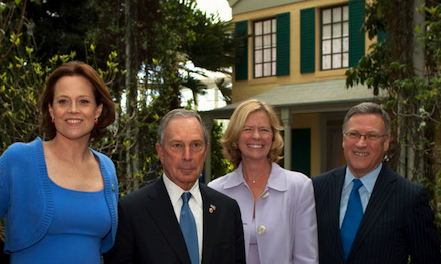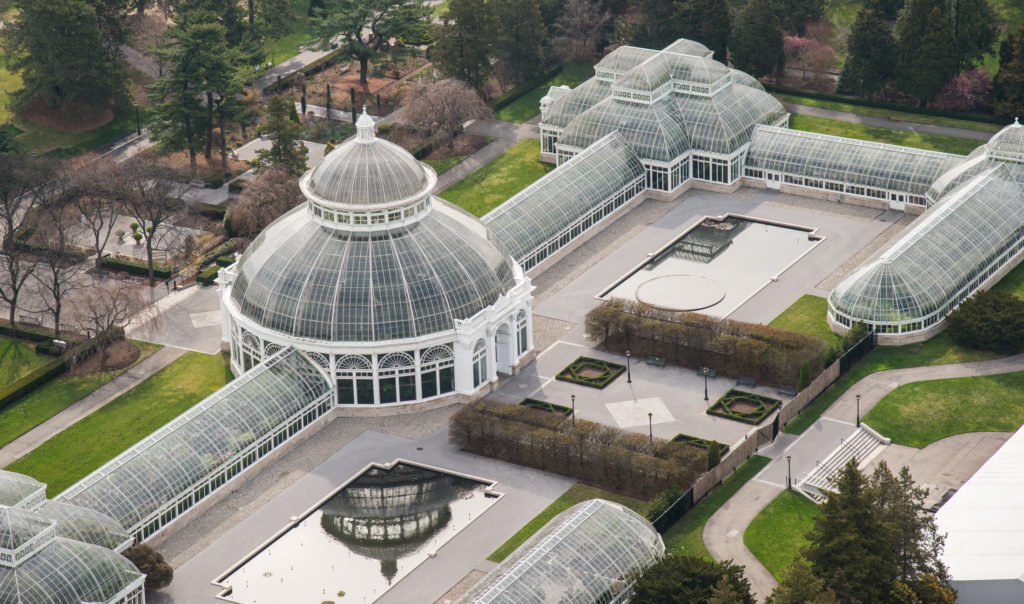
Maureen Chilton with Gregory Long
From 1989 until 2018, Gregory Long was devoted to the leadership of The New York Botanical Garden, one of the world’s greatest botanical gardens and plant research and conservation institutions. With a unique understanding of the public/private partnership that is the foundation of New York’s cultural organizations, he developed innovative public programs, creative financing methods, and best-practice strategic planning programs.
Throughout his time at NYBG, Long assembled and led a management team that revitalized the Garden, initiating a comprehensive, long-range planning process that has been both the blueprint for the Garden’s renaissance and a model for other organizations. During his administration, the Garden completed three 7-year strategic plans, 1993–1999, 2001–2007, 2009–2015, and the first three years of a fourth. To fund these plans, the Garden raised $1.2 billion to build endowment, fund programmatic and audience development initiatives, and create capital projects. Of the $1.2 billion generated, approximately $300 million went into the physical plant of the Garden and approximately $300 million was added to the institution’s endowment. The Garden’s strategic planning process is regularly taught as a model for institutional development in universities and executive training programs.

The Garden’s ongoing capital construction program, which began with the restoration of the Enid A. Haupt Conservatory (1994–1997), the nation’s preeminent Victorian-style glasshouse and a New York City Landmark, included many new and renovated facilities, for example the William and Lynda Steere Herbarium; the LuEsther T. Mertz Library; the Pfizer Plant Research Laboratory; the Nolen Greenhouses for Living Collections; the Leon Levy Visitor Center; the Lillian and Amy Goldman Stone Mill; the Adam R. Rose and Peter R. McQuillan Horticulture Operations Center; the Hudson Garden Grill and Garden Terrace Room; the Pine Tree Café; and the 825-car NYBG Parking Garage, the first project to be built outside the Garden’s grounds.
During Long’s tenure, NYBG also restored more than half of its 250-acre National Historic Landmark landscape, with 50 gardens and collections comprising more than one million plants, including the Benenson Ornamental Conifers; the Arthur and Janet Ross Conifer Arboretum; the Peggy Rockefeller Rose Garden; the Home Gardening Center; the Azalea Garden; the Thain Family Forest; the Native Plant Garden; the Marjorie G. Rosen Seasonal Walk; the Burn Family Lilac Collection; the Matelich Anniversary Peony Collection; and the Judy and Michael Steinhardt Maple Collection.
In addition, NYBG has expanded the reach and impact of its groundbreaking science-based conservation programs, initiated cutting-edge molecular and genomics research, enhanced its education offerings from Pre-K to graduate school, and developed vibrant public exhibition and public education programs that now serve 1.3 million annual visitors. According to a New York Times editorial, under Long’s leadership, the Garden has succeeded in its very ambitious effort to become one of New York City’s leading cultural institutions.
